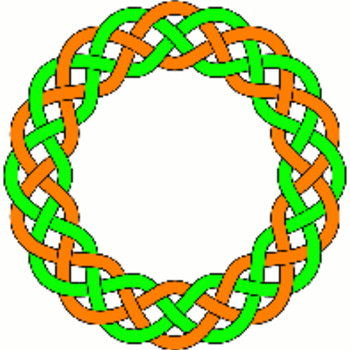What is the inverse function of f(x)=(x+1)^2?
2 Answers
The function is not one-to-one. It does not have an inverse function. However,
Explanation:
If we restrict the domain to
if and only if
If we restrict the domain to
if and only if
The function is not one-one and therefore there is not a unique inverse function.
Explanation:
First note that the slope (first derivative) is
Also note that
requires
that is
That is, the slope is negative for values of
That is, the function is not a strictly rising or a strictly descending one.
That is, it is not bijective (one-one).
That is, there is no single inverse function if the domain is taken as the reals.
The function is strictly descending on the open interval
Setting
This implies
which in turn implies
or
Considering
Denoting the required inverse function by
For
Considering
Denoting the required inverse function by
For
Plotting both of these inverse functions on the same graph will yield a parabola "on its side", with apex at


